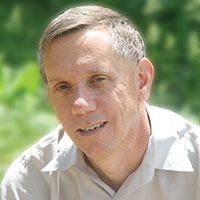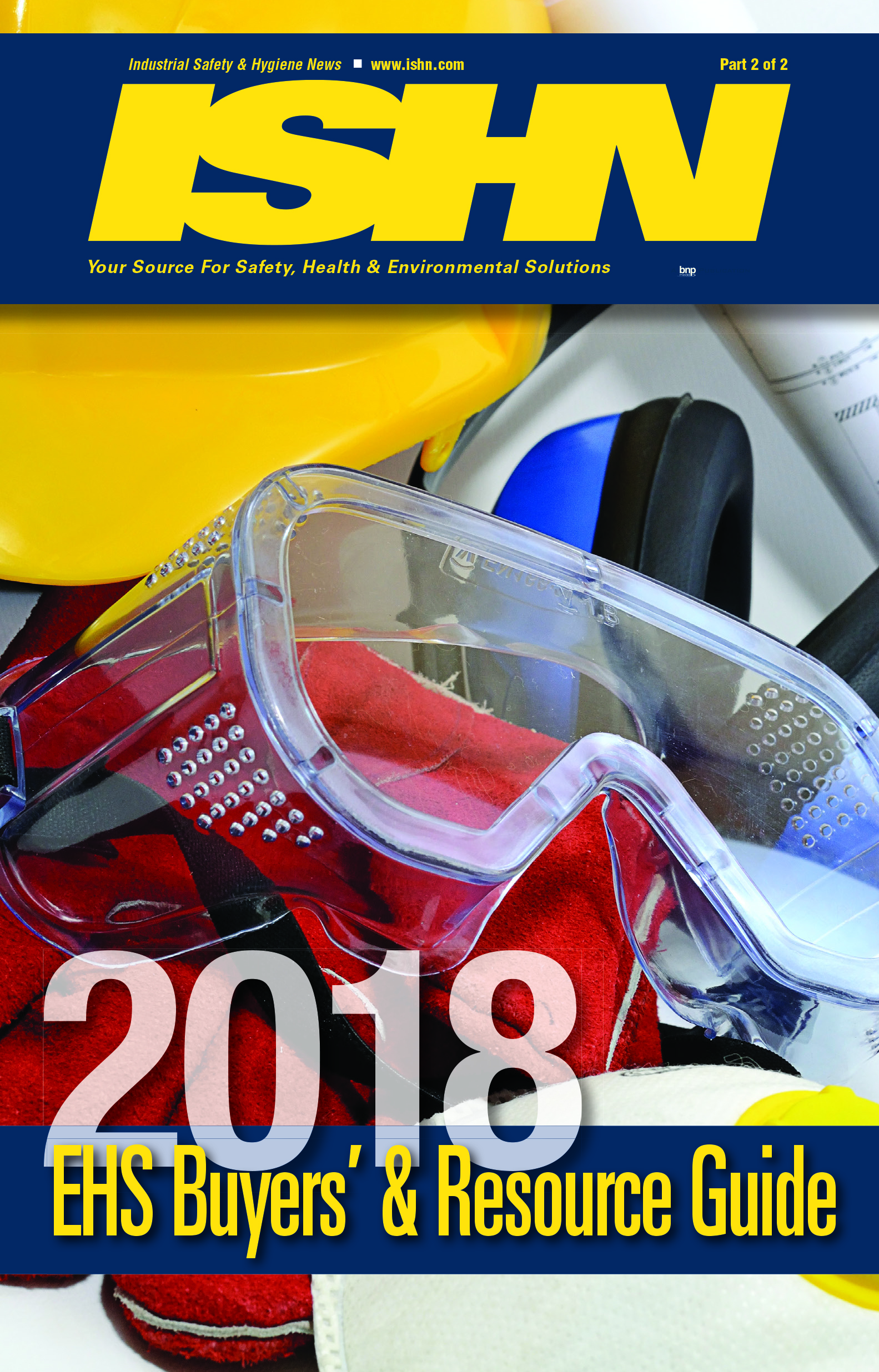
|
Note: This is an excerpt of the Executive Summary of this year's ISHN White Paper study. The full data set will be available soon.
The first thing we noticed in this year’s annual White Paper EHS State of the Nation reader survey was age. It could be that morbid mindset that seems to settle in with age: the older you get the more you tend to check ages. Take to reading the obits. Anyway, how does the number 54 strike you? That’s the median age of survey respondents.
It puts EHS pros fairly high up there in the “thinning and graying” ranks. Consider: the median age in the U.S. labor force is 41. Median age for physicians: 49. Median age for chemists: 47 and falling fast. Median age for mathematicians: 40. Median age for journalists: 41 (Little wonder the idea of Botox® treatment flashes to mind when I amble around the corridors of HQ). Median age for a construction worker: 40. No state in the union has a median age for public school teachers above 50. Try out these medians for teachers: CA (43); NY (41); PA (43); AZ (44); Texas (43).
In fact, the White Paper results show that four out of every ten EHS pros (42%) is age 55-64. More than three-quarters (76%) of the EHS Nation consists of pros between ages 45 to 64 years.
Now let’s back up. How does this decidedly middle-aged demographic impact the EHS landscape.
The payback
One of the benefits: income should expand with waistlines. $79,000 is the median salary of the White Paper respondents. That’s far better than the U.S. worker median salary of $41,000.
Almost four in ten EHS pros (38%) have annual salaries of $90,000 or more. That could represent executive VPs at the top of the career ladder, certain consultants making good money as expert witnesses, or the survival of the fittest in pared-down one-person EHS departments.
A few plausible explanations for the current salary situation:
EHS pay has expanded parallel to the increasing length of EHS job titles. From the old days of “the safety guy” we’Ve gone to “Senior Vice President for Global Safety, Health, Environment, Quality, Product Stewardship, Corporate Social Responsibility, Sustainability, Crisis Communications, Operational Integrity, and Reputation Management.” The consolidation of jobs under umbrella titles, which reduces headcount in the EHS Department, has benefited the few and the weary.
You’re going to earn your keep. Smaller staffs and larger work plates mean working longer hours (predicted by 44% of respondents in 2012) and more job-related distress (46%). Here is the cruncher: Only 12% will work with larger EHS resource support in 2012; outpaced by the 19% who foresee declining resource support. Welcome to the new normal.
Nomads have always been an EHS professional stereotype. You know the kind of pro who moves through a number of companies and positions. Some are fortunate enough to get a salary bump at each stop. They come in, fix a problem, and move on. Or they bump heads with management and leave. An alternative career path is working your way up the corporate levels.
Globalization has benefited EHS pay. The onus is on corporations to be responsible world citizens, leave small footprints, audit foreign sites, train foreign workers, and investigate foreign incidents. About one-third of White Paper respondents (32%) have global responsibilities.
Monday: Globe-trotting EHS managers




